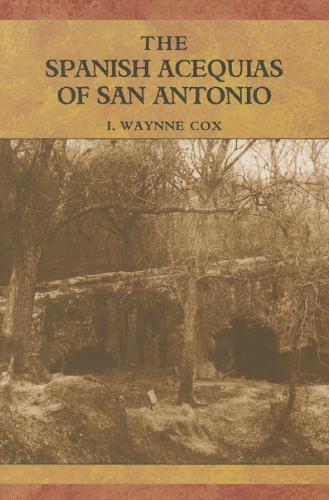
The Spanish Acequias of San Antonio
(Paperback)
Publishing Details
The Spanish Acequias of San Antonio
By (Author) I. Waynne Cox
Trinity University Press,U.S.
Trinity University Press,U.S.
4th January 2010
United States
Classifications
General
Non Fiction
City and town planning: architectural aspects
Human geography
History of the Americas
976.4351
Physical Properties
Paperback
106
Width 152mm, Height 228mm
184g
Description
This is the first book on the extensive Spanish-era acequia system that supplied water to San Antonio for nearly two centuries. Using techniques brought to Spain from North Africa by the Moors, this 50-mile system of acequiasirrigation ditchesused a variety of ingenious techniques such as hollowed logs, diversion dams and stone aqueducts to coax water from San Pedro Springs and the San Antonio River to homes and fields. It was perhaps the most extensive such network within the presentday United States. Just south of San Antonio, the Espada Mission acequia and its 1740s aqueduct have remained in continuous use.
Reviews
"The crowning achievement of Waynne Cox's work in archaeology. It is the only definitive text on the irrigation system built by the Spanish in the early 1700s."-- San Antonio Express-News
"The strengths of the book are many. It is concise, readable and fairly well illustrated. The maps in particular . . . show clearly the location, extent and complexity of the major acequias and their branches. . . . This is an essential book for historians of Texas and the Southwest, and recommended for anyone who wants to understand how San Antonio developed over the last three centuries or who simply has an interest in water use in the region."-- Journal of South Texas
Author Bio
Waynne Cox (1934-2004) spent twenty-six years as a research associate with the Center for Archaeological Research at the University of Texas at San Antonio. His excavations frequently and unexpectedly uncovered remains of the city's acequias, causing him to take a particular interest in them and become a leading authority on the subject.
